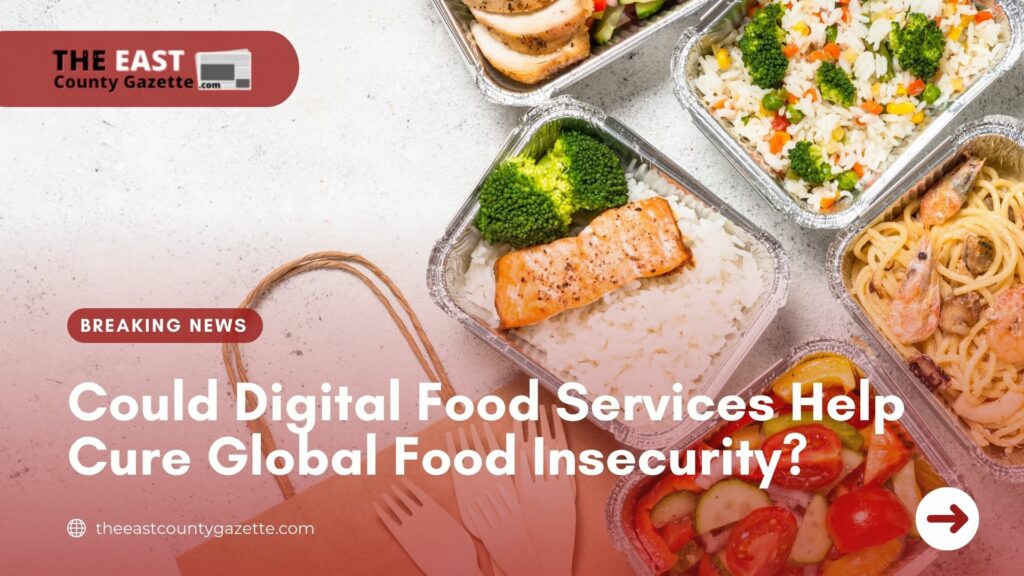The pandemic spurred the growth of a vast online marketplace for food and grocery delivery — a marketplace that can, and should, be tapped to modernize government nutrition assistance.
An opinion piece on Undark.org argues that government food aid needs “a digital facelift”. By this, it means that the government should consider investing in online food delivery services such as Uber Eats, Grubhub, and Instacart, and other digital platforms and food marketplaces to help aid in curbing food insecurity.
At the same time, a digital approach to food assistance could be designed to both improve the administration of food benefits and nudge participants toward healthier lifestyles.
The relationship between food security and the use of food and nutrition assistance programs is complex, according to the USDA’s Food Security Report in 2019. Households that report using food and nutrition assistance programs in a one-time survey can either be more food secure or less food secure than low-income households not using those
programs.
Recommended Read: Snap Recipients to Get Benefits at Restaurants and Delis for Prepared Food
Likewise, since the programs provide food and other resources to reduce the severity of food insecurity, households are expected to be more food secure after receiving program benefits than they were before. On the other hand, it is the more food-insecure households—those having greater difficulty meeting their food needs—that seek assistance from the programs.
The Undark article also says that a shift to online food ordering might also influence the kinds of food participants to consume. A study by researchers at the University of Michigan found that people who shopped for groceries online made healthier food selections, and multiple studies suggest that smartphone apps can promote positive changes in healthy food consumption.
However, this move does not come without problems. Online delivery requires users to have digital literacy and reliable broadband internet access, and flexible payment methods and waiving of delivery fees should be available especially for low-income families.
To address these, the government has an option to continue its assistance programs: during the pandemic, the Federal Communications Commission began providing discounts toward phone and broadband services for many low-income consumers.

